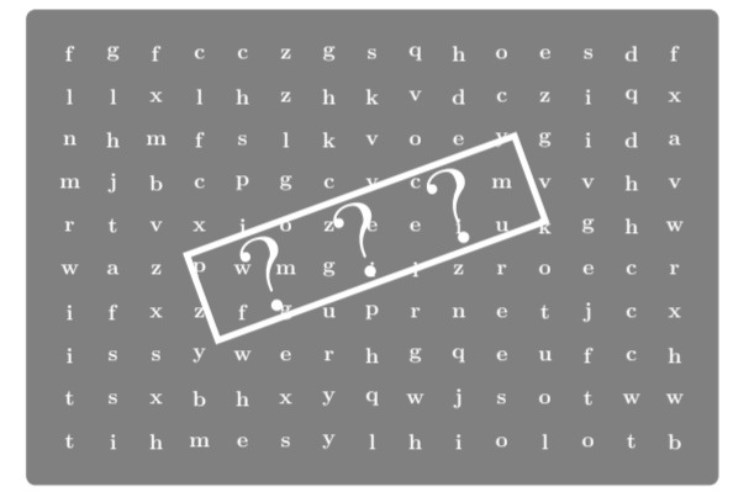
There are records of the use of some writing alteration techniques and codes in ancient Egypt (4500 b.c), among the Persians, the Greeks, and the Hebrews. Among others, in the classical Caesar’s cipher, used in ancient Rome, the letters are replaced according to certain tables as below.
| a | b | c | d | e | f | g | h | i | j | k | l | m | n | o | p | q | r | s | t | u | v | w | x | y | z |
| e | f | g | h | i | j | k | l | m | n | o | p | q | r | s | t | u | v | w | x | y | z | a | b | c | d |
In this cipher, the word AMOR would be written, encrypted, as EQSV.
There are several reasons why systems similar to the one presented above are extremely fragile, for example, the existence of patterns in words in certain languages, in Portuguese, simple syllables with a consonant + vowel, prepositions and articles that are frequently used, letters that are much more frequent than another, etc. More advanced methods involved keys that would decrypt each letter, the idea would be, for example, to define a key from which the table above would be changed for each letter.
The idea is to repeat over the word to be decoded the corresponding letter repeatedly. In the example below, the chosen keyword is TREINO.
| a | b | c | d | e | f | g | h | i | j | k | l | m | n | o | p | q | r | s | t | u | v | w | x | y | z |
| t | u | v | w | x | y | z | a | b | c | d | e | f | g | h | i | j | k | l | m | n | o | p | q | r | s |
| r | s | t | u | v | w | x | y | z | a | b | c | d | e | f | g | h | i | j | k | l | m | n | o | p | q |
| e | f | g | h | i | j | k | l | m | n | o | p | q | r | s | t | u | v | w | x | y | z | a | b | c | d |
| i | j | k | l | m | n | o | p | q | r | s | t | u | v | w | x | y | z | a | b | c | d | e | f | g | h |
| n | o | p | q | r | s | t | u | v | w | x | y | z | a | b | c | d | e | f | g | h | i | j | k | l | m |
| o | p | q | r | s | t | u | v | w | x | y | z | a | b | c | d | e | f | g | h | i | j | k | l | m | n |
To decode the word, look for the Y in line t in the table above and see to what letter it corresponds to in line A, in this case, the letter F. The next step would be to look for C in line R and so on until you find the coded word – tip: The Brazil’s team with more fans.
Did you understand the procedure? Now, to play around a bit, choose your own key and encode/decode a word or short sentence (take out the spaces between the words).
Very good! Now, let’s get closer to the reality of today’s cryptography: How to generate the keyword? How to transmit it without risk? Click the button below and proceed to the next part!
 Na imagem visualizamos o logotipo do projeto 'MatematiZou', escrito com letras de forma na cor verde-azulada. A letra “Z” está na cor branca dentro de um hexágono com pontas arredondadas preenchido na mesma tonalidade de cor do restante das letras.  Na imagem temos um mini caminhão branco de madeira, cuja caçamba é azul escura e está escrito em letras brancas “UFABC”. As rodas do caminhão são vermelhas e quadradas. Cada par de rodas do caminhão está em cima de uma pista com ondulações.  Na imagem, há várias pessoas participando do evento “UFABC para todos” no Ginásio da UFABC campus Santo André. Algumas pessoas estão ao redor de uma mesa com jogos que incluem copos, mapas, tabuleiro de xadrez, entre outros, e outras, estão vendo as exposições espalhadas por todo o ambiente.](https://matematizou.gradmat.ufabc.edu.br/files/LogoMatematizouTeal.png)

